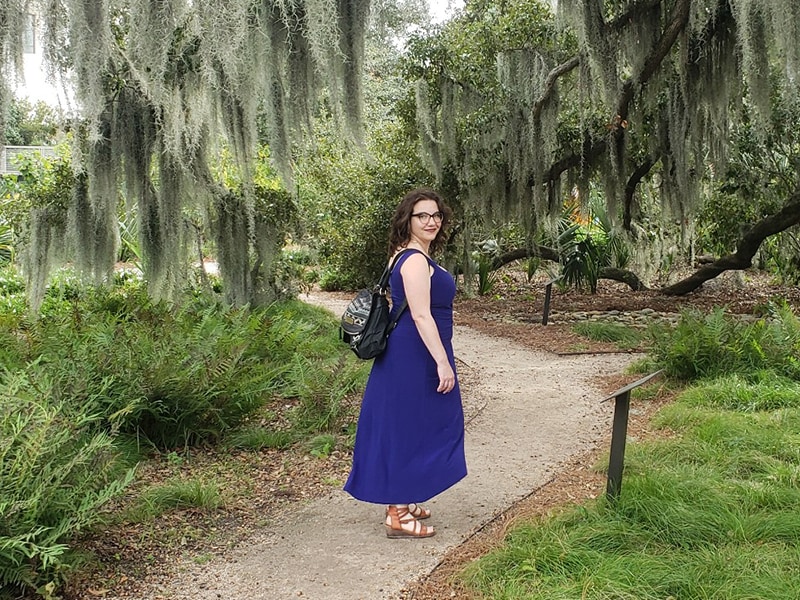Meet the Student:
Maureen Pelissero
Hometown:
Winona, Minnesota
Graduate Track:
Biomedical Engineering and Physiology
Location:
Mayo Clinic in Minnesota
/prod01/channel_2/media/mccms/content-assets/academics/biomedical-research-training/phd-program/student-life/student-spotlights/maureen-pelissero-512x.png)
Meet the Student:
Hometown:
Winona, Minnesota
Graduate Track:
Biomedical Engineering and Physiology
Location:
Mayo Clinic in Minnesota
During my first career, I was a massage therapist, caring for patients who were experiencing pain or discomfort. Wondering about the cause of chronic pain, I became curious about biomedical research. When I went back to school to get my bachelor's degree in physics, I participated in several engineering competitions and gained important skills. I was selected to participate in the Nephrology and Urology Summer Undergraduate Research Fellowship (nuSURF) program at Mayo Clinic and learned about physics applications in medicine and the field of biomedical engineering research.
My desire to become a research and design engineer informed my decision to get a Ph.D. I work under the mentorship of Connie Chang, Ph.D., who specializes in microfluidics for microbiological applications. My thesis project involves the development of a diagnostic platform that can detect single-cell antimicrobial resistance in under four hours.
Antimicrobial resistance is a global health threat that results in less effective treatments and creates economic burdens for individuals and healthcare systems. In addition to wanting to address this significant health issue, I was drawn to the project because of the many types of physics involved and the opportunity to engineer a novel system.
I chose Mayo Clinic Graduate School of Biomedical Sciences because of its focus on collaboration. Researchers and students are more than willing to meet with me to discuss their work, experiences and the challenges they face. In choosing my research topic, I met with physicians and scientists who asked important questions to ensure my project is focused on patient needs and clinical translation. Other special aspects of the graduate program are the small class sizes and the opportunity to get to know professors and peers. The students in my cohort have been an enduring support system.
The graduate school provides student stipends for five years of Ph.D. training. This provides students a lot of power to choose their mentor and research topic. Students select the mentoring style, lab setting, and work environment that’s right for them. Additionally, there are cutting edge resources and support available in the world-class core facilities (biomechanics, microfabrication, genomic analysis, among others). These resources mean there are experts just a short walk away who can provide advice or tools to diagnose an issue that arises in research experiments.

My mentor has been encouraging as I network, learn and explore career paths. My lab has sent me around the U.S. to present my research at various conferences. Last summer, I attended a weeklong summer course on soft matter physics. I am still considering whether I will remain in academia or work in industry. I truly enjoy the research process, coming up with questions, designing and implementing experiments, and analyzing data. Day to day, I am inspired by the opportunity to become a leader in the biomedical engineering field. I serve as a STEM mentor for middle and high school students in the Rochester area. There are few women in the field (~16% of engineers are women). By pursuing a Ph.D., I hope to become a role model and build a supportive environment for other female engineers, with the end goal of contributing to closing this gender gap.